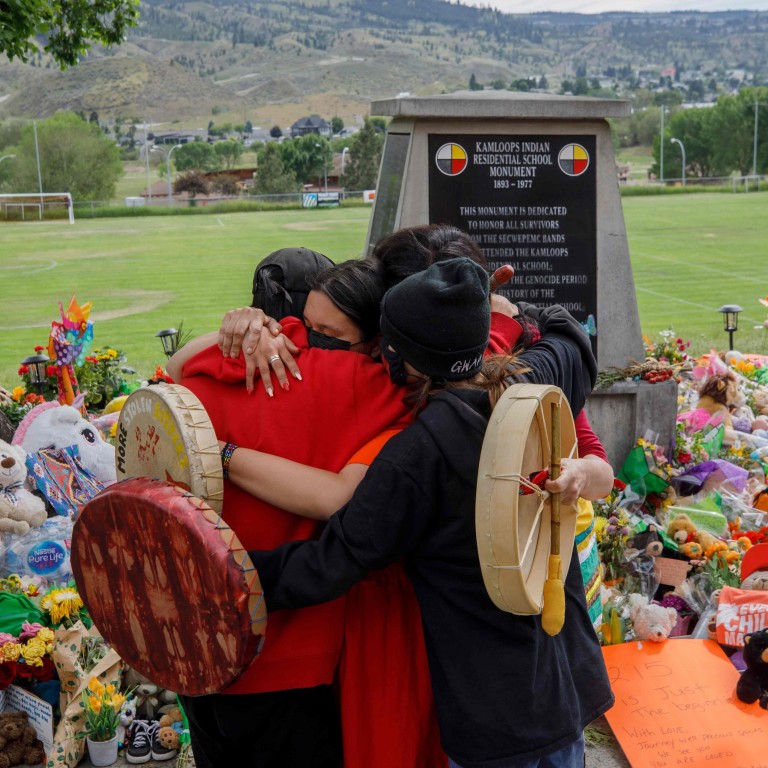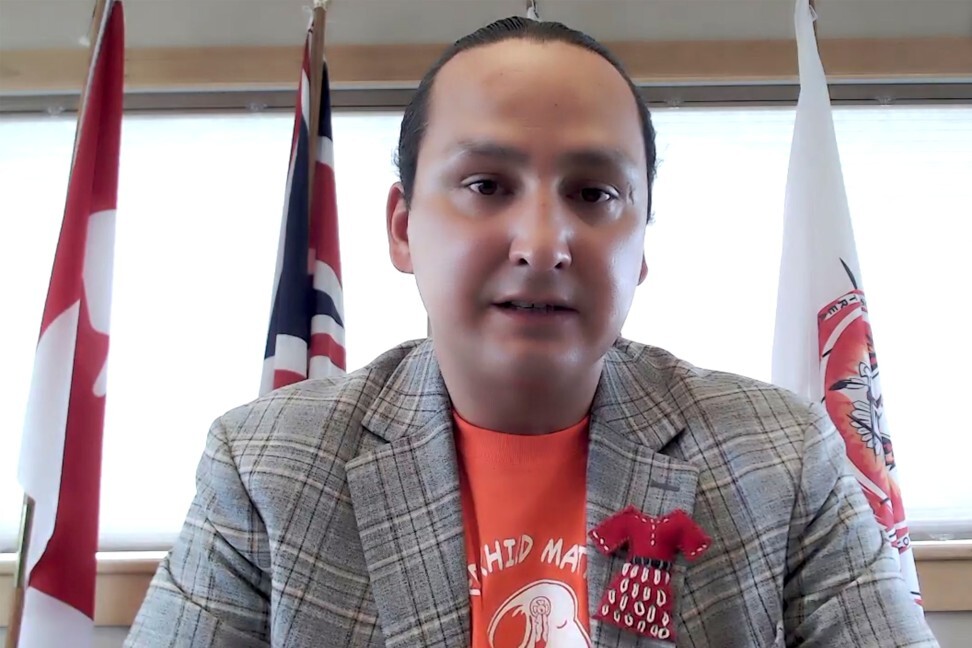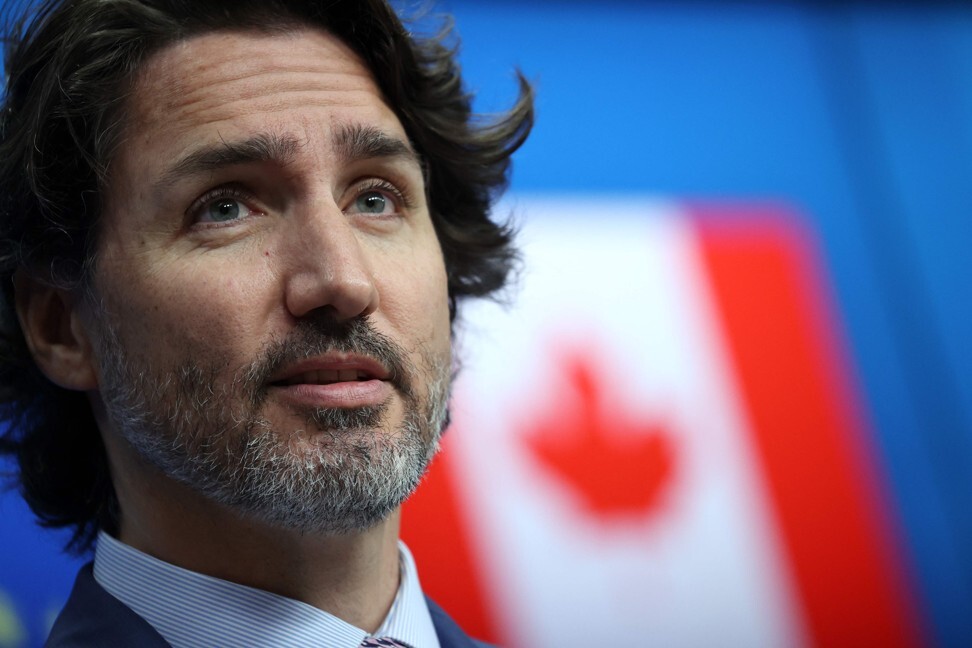
Remains of 751 indigenous children found at former Catholic residential school in Canada
- ‘This is not a mass gravesite. These are unmarked graves,’ said Cowessess First Nation Chief Cadmus Delorme of the discovery near Regina, Saskatchewan
- The remains of 215 children at another such former school were discovered in British Columbia last month
More than 750 unmarked graves have been found near a former Catholic residential school for First Nation children in western Canada, a tribal leader said on Thursday – the second such shock discovery in less than a month.
The revelation once again cast a spotlight on a dark chapter in Canada’s history, and revived calls on the Pope and the Church to apologise for the abuse and violence suffered at the schools, where pupils were forcibly assimilated into the country’s dominant culture.
“As of yesterday, we have hit 751 unmarked graves” at the site of the former Marieval boarding school in Saskatchewan province, Cowessess First Nation Chief Cadmus Delorme said.
“This is not a mass gravesite. These are unmarked graves,” he said, adding that each grave would be assessed in the coming weeks to determine the final number of victims whose remains are at the site.
The only crime we ever committed as children was being born indigenous.
Delorme said the graves may at one time have been marked, but “Catholic Church representatives removed these headstones,” adding that doing so is a crime in Canada and they were treating the site “as a crime scene.”
Excavations at the Marieval school, about 150 kilometres (90 miles) east of the provincial capital Regina, began at the end of May, after the discovery of the remains of 215 schoolchildren at another such former school in British Columbia.
That first find at the Kamloops school triggered excavation work near several former institutions for indigenous children across Canada, with the assistance of government authorities.
Some 150,000 Native American, Metis and Inuit children were forcibly recruited until the 1990s in 139 of these residential schools across Canada, where they were isolated from their families, their language and their culture.
Many were subjected to ill-treatment and sexual abuse, and more than 4,000 died in the schools, according to a commission of inquiry that concluded Canada had committed “cultural genocide” against the indigenous communities.
Federation of Sovereign Indigenous Nations Chief Bobby Cameron described the finding as “a crime against humanity.”
“The only crime we ever committed as children was being born indigenous,” he said.
US to review dark history of Native American boarding schools to ‘uncover the truth’
Prime Minister Justin Trudeau called the findings at both Kamloops and Marieval “a shameful reminder of the systemic racism, discrimination, and injustice that indigenous peoples have faced – and continue to face – in this country.”
“Together, we must acknowledge this truth, learn from our past, and walk the shared path of reconciliation, so we can build a better future,” he said.
The Marieval residential school in eastern Saskatchewan hosted indigenous children until the mid-1990s before being demolished and replaced by a day school. One former pupil, Barry Kennedy, told the broadcaster CBC he was shocked by the news but not surprised.
“During my time at Marieval Indian Residential School, I had a young friend that was dragged off one night screaming,” he said, adding that he never saw the child again.
“His name was Bryan … I want to know where Bryan is,” Kennedy said.
He described a history of violence at the school. “We were introduced to rape. We were introduced to violent beatings. We were introduced to things that weren’t normal with our families,” he said.
And he said he imagined that the graves found so far were just the tip of the iceberg: “By the stories that … were told by our friends and fellow pupils, there are multiple locations, you know, per school.”
Many indigenous community leaders expect more grisly discoveries in the coming months. Searches have already turned up possible unmarked burial sites in Ontario and Manitoba provinces.
“We will find more bodies and we will not stop till we find all of our children,” Cameron said at the press conference.
“We all must put down our ignorance and accidental racism at not addressing the truth that this country has with indigenous people,” said Delorme.
“This country must stand by us.”
In early June, a few days after the discovery of the bones in Kamloops, UN human rights experts urged Ottawa and the Vatican to conduct a full and prompt investigation into the discovery.

.png?itok=arIb17P0)

